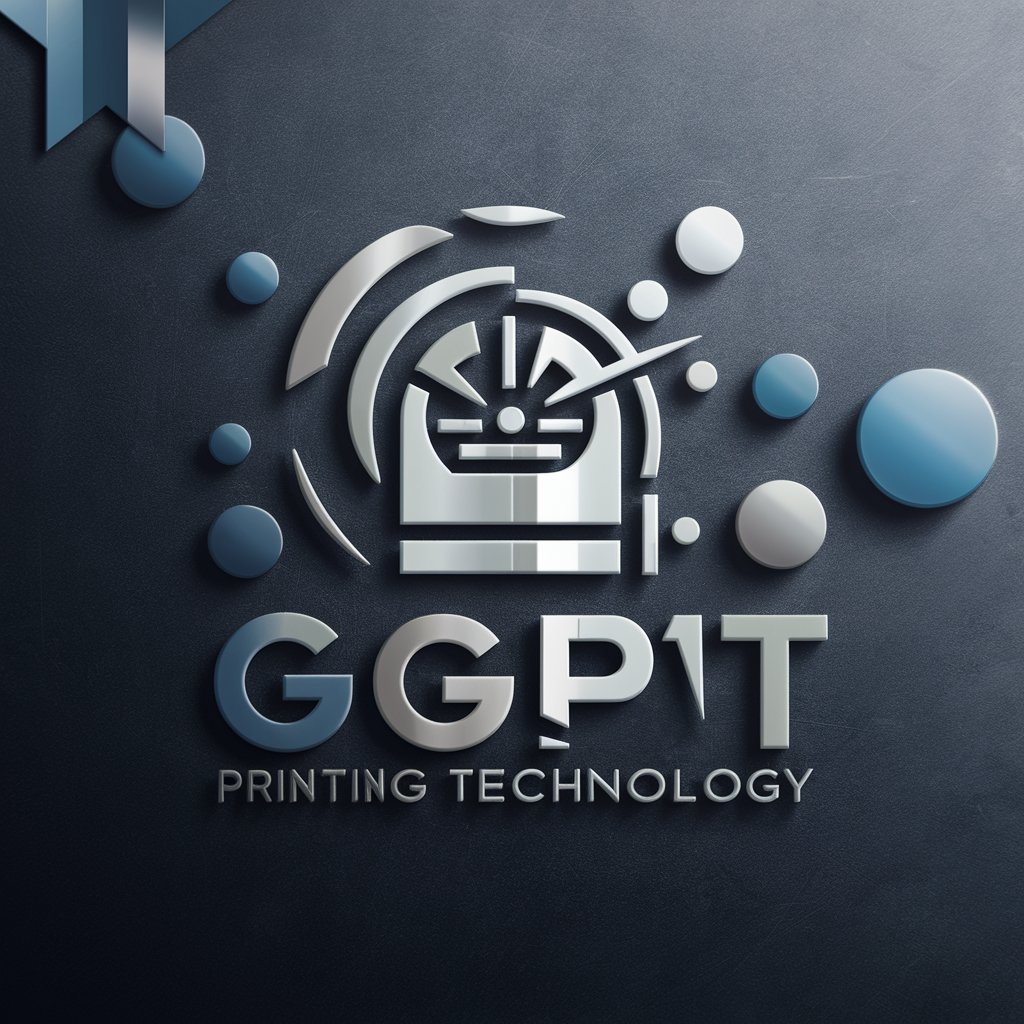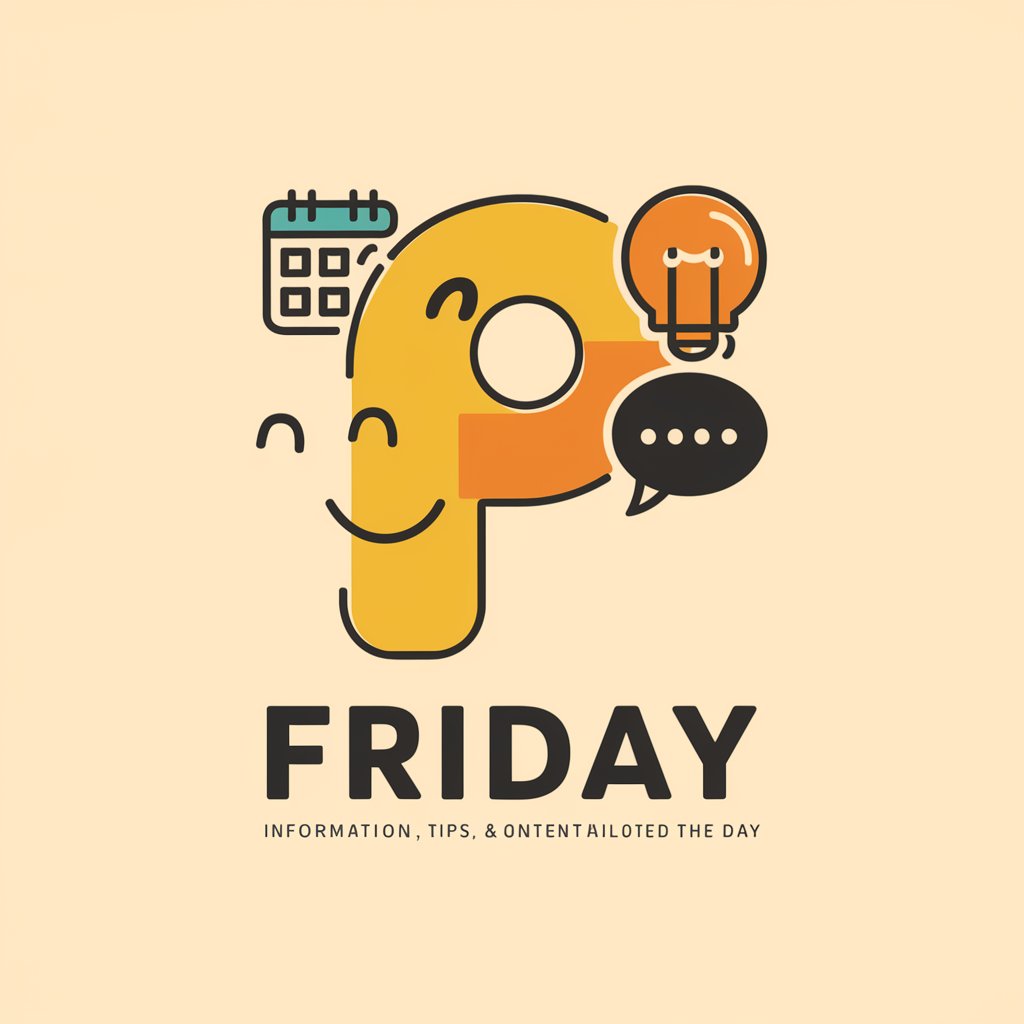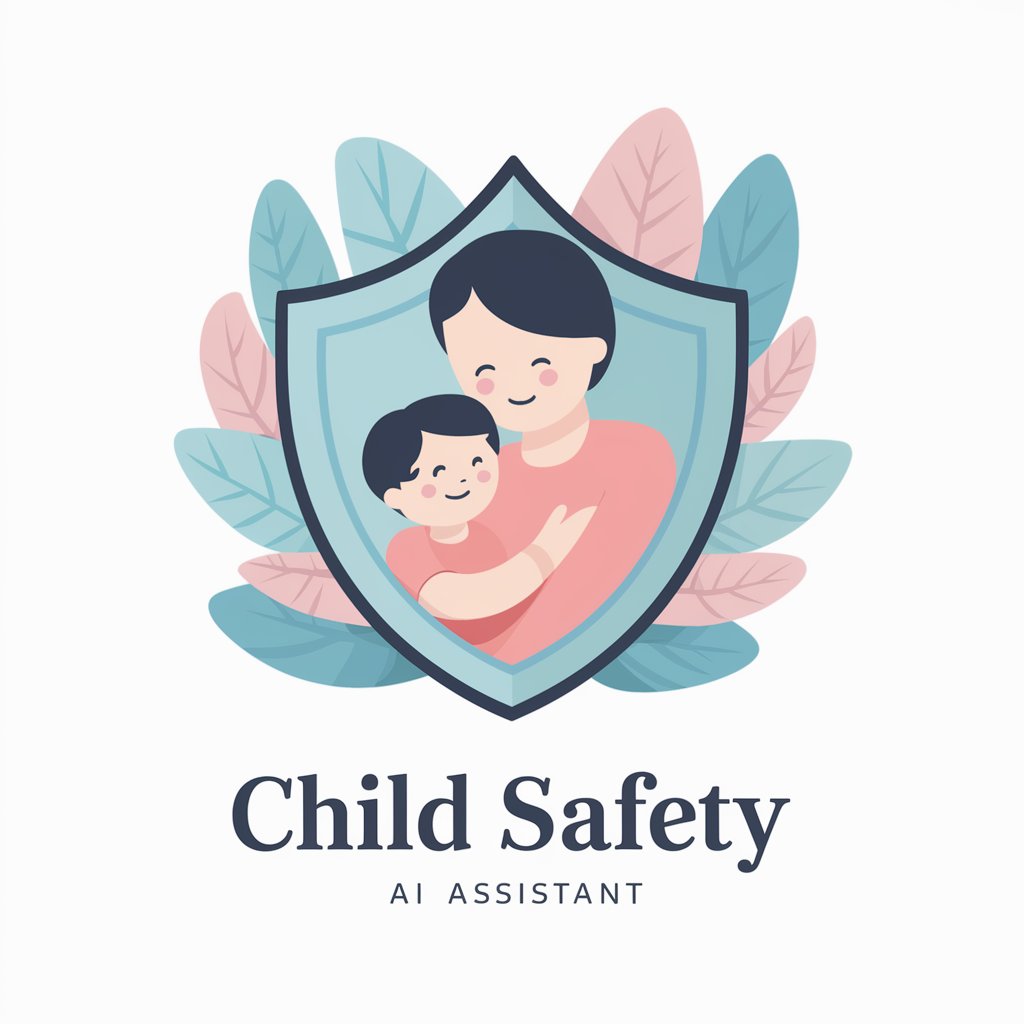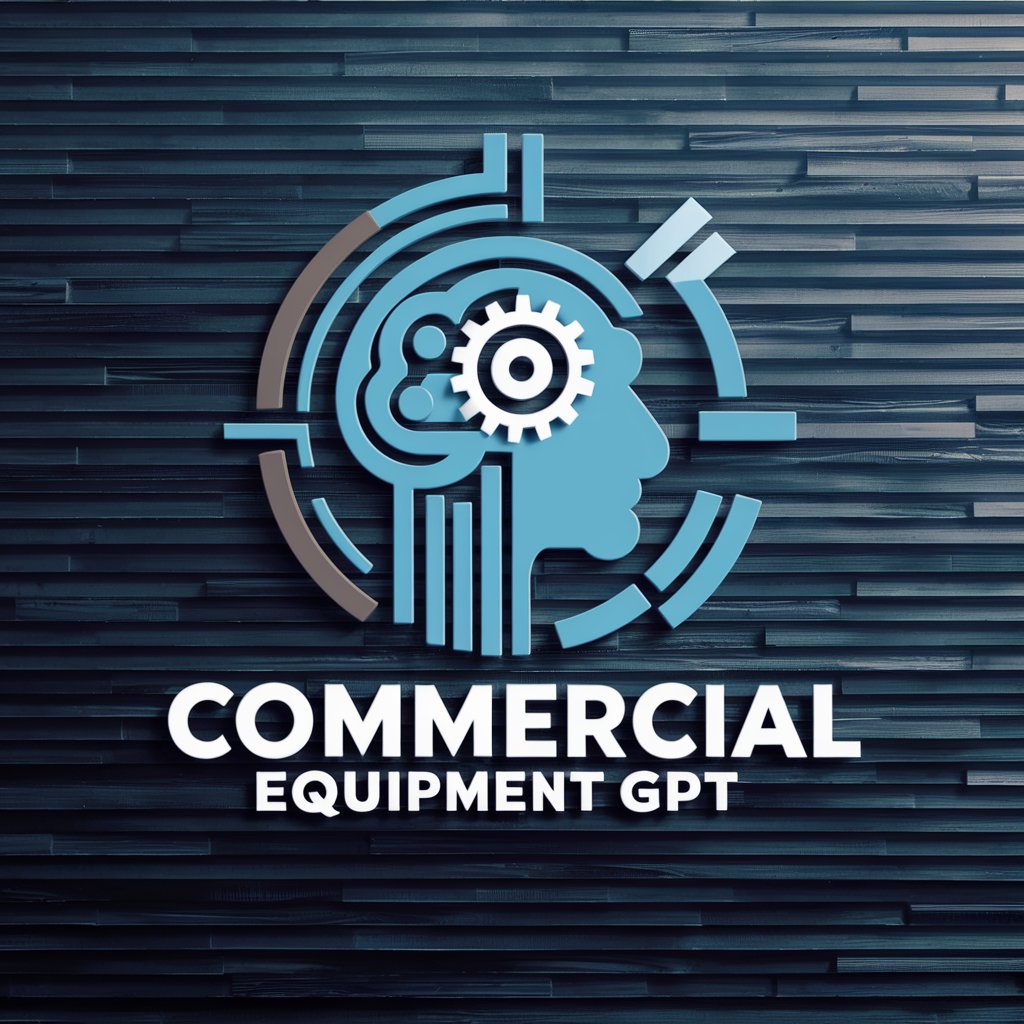Printing - Expert Printing Guidance

Welcome! Let's explore the fascinating world of printing together.
Empowering your creativity with AI-driven printing solutions.
Explain the differences between digital and offset printing.
Describe the process of screen printing and its common applications.
What are the best materials for high-quality photo prints?
Discuss the latest trends in eco-friendly printing solutions.
Get Embed Code
Exploring the World of Printing
Printing, in its broadest sense, is a form of communication and art that dates back centuries, evolving from simple woodblock printing to the sophisticated digital and 3D printing technologies of today. Its primary purpose is to reproduce text and images on various substrates, including paper, fabric, plastic, and more, enabling mass communication, artistic expression, and functional object creation. This field encompasses a wide array of techniques such as offset lithography, screen printing, digital printing, and flexography, each suited for specific applications ranging from publishing books and magazines to creating intricate designs on textiles and packaging materials. For example, digital printing has revolutionized personalized marketing by allowing for cost-effective short runs of customized materials, while 3D printing has opened up new possibilities in manufacturing and prototyping by enabling the direct fabrication of complex three-dimensional objects. Powered by ChatGPT-4o。

Core Functions of Printing Technology
Mass Reproduction
Example
Producing thousands of copies of books and magazines using offset lithography.
Scenario
A publishing house needs to print a high volume of a popular novel. Offset lithography, with its capability for high-quality, efficient, and cost-effective mass production, is chosen for this task, ensuring sharp text and images across all copies.
Customization and Personalization
Example
Printing personalized direct mail pieces using digital printing technologies.
Scenario
A marketing agency designs a direct mail campaign for a client, aiming to target individual customers with personalized messages. Digital printing allows for the cost-effective inclusion of variable data, such as names and personalized offers, on each printed piece, enhancing the campaign's impact.
Prototyping and Manufacturing
Example
Creating prototypes or finished products using 3D printing technologies.
Scenario
An engineering firm uses 3D printing to rapidly prototype a new product design. This process allows them to test and refine the design quickly and cost-effectively before moving to mass production, significantly reducing development time and costs.
Artistic Expression
Example
Producing limited-edition screen-printed posters.
Scenario
An artist creates a series of original artworks intended for limited release. They choose screen printing for its unique ability to produce vibrant, textured prints, making each piece distinct and appealing to collectors.
Who Benefits from Printing Services?
Publishers and Authors
Individuals and organizations involved in the creation and distribution of books, magazines, and other printed media. They rely on printing services to produce high-quality, cost-effective copies for public consumption.
Marketing and Advertising Professionals
This group uses printing to create a wide range of promotional materials, including flyers, brochures, posters, and direct mail. Printing technologies enable them to target specific audiences with personalized content, maximizing the impact of their campaigns.
Artists and Designers
Creatives who utilize printing to bring their artworks and designs to life on various media. They benefit from the versatility of printing techniques, which allow for experimentation and the production of unique, high-quality works.
Manufacturers and Engineers
Professionals in these fields use 3D printing for prototyping, tooling, and even producing final products. This technology accelerates the development process and enables the creation of complex designs that would be difficult or impossible to achieve with traditional manufacturing methods.

How to Use Printing
Start your journey
Begin by visiting yeschat.ai to activate your free trial, which requires no login or subscription to ChatGPT Plus.
Identify your needs
Evaluate your specific printing requirements, whether it's for personal, academic, or professional projects, to determine the best printing method and materials.
Choose the right technology
Select the appropriate printing technology (e.g., inkjet, laser, screen printing) based on your project's scale, quality requirements, and budget.
Prepare your design files
Ensure your design files are in the correct format and resolution for printing. Utilize professional design software for optimal results.
Test and iterate
Conduct initial test prints to check for color accuracy and quality. Adjust your design or settings as necessary for the final print.
Try other advanced and practical GPTs
Friday
Elevate Every Day with AI

Child Safety
Empowering safer childhoods with AI

Mister Editor
Elevate Your Writing with AI-Powered Editing

爆款文案操盤手
Crafting Viral Content with AI

Cocoon semantique
Optimize content with AI-driven insights

Aftermath AI
Empowering creativity and learning in a post-apocalyptic world.

Biblical Study Planner
AI-Powered Bible Study Customization

幽默历史家
Reviving History with Humor and AI

Location
Uncover the world with AI-powered insights

Business Planner Pro 📊
Empowering Your Business Planning with AI

L2LFSocialShort
Craft Inspiring Content with AI

Commercial Equipment
Empowering Industries with AI-Driven Equipment Solutions

Detailed Q&A about Printing
What are the main differences between digital and offset printing?
Digital printing offers quick turnaround times and cost-effectiveness for small runs without the need for printing plates, making it ideal for personalized projects. Offset printing, on the other hand, is preferred for larger volumes and when seeking the highest quality, as it provides superior color accuracy and consistency.
How can I ensure color accuracy in my prints?
Color accuracy can be ensured by using calibrated monitors, working in CMYK color mode for print projects, utilizing color profiles specific to your printer and paper, and conducting test prints to adjust colors as needed.
What materials can be used for screen printing?
Screen printing can be applied to a wide range of materials, including textiles, ceramics, wood, paper, glass, and metal, making it versatile for various creative and commercial applications.
How does 3D printing work?
3D printing works by adding material layer by layer to create objects from 3D models, typically using plastic, resin, or metal. It allows for the production of complex shapes with less waste and is used in industries like manufacturing, healthcare, and design.
What are some environmental considerations in printing?
Sustainable printing practices include using recycled or sustainably sourced paper, soy or vegetable-based inks, and energy-efficient printers. Reducing waste by optimizing design layouts and recycling print materials also contributes to environmental sustainability.
